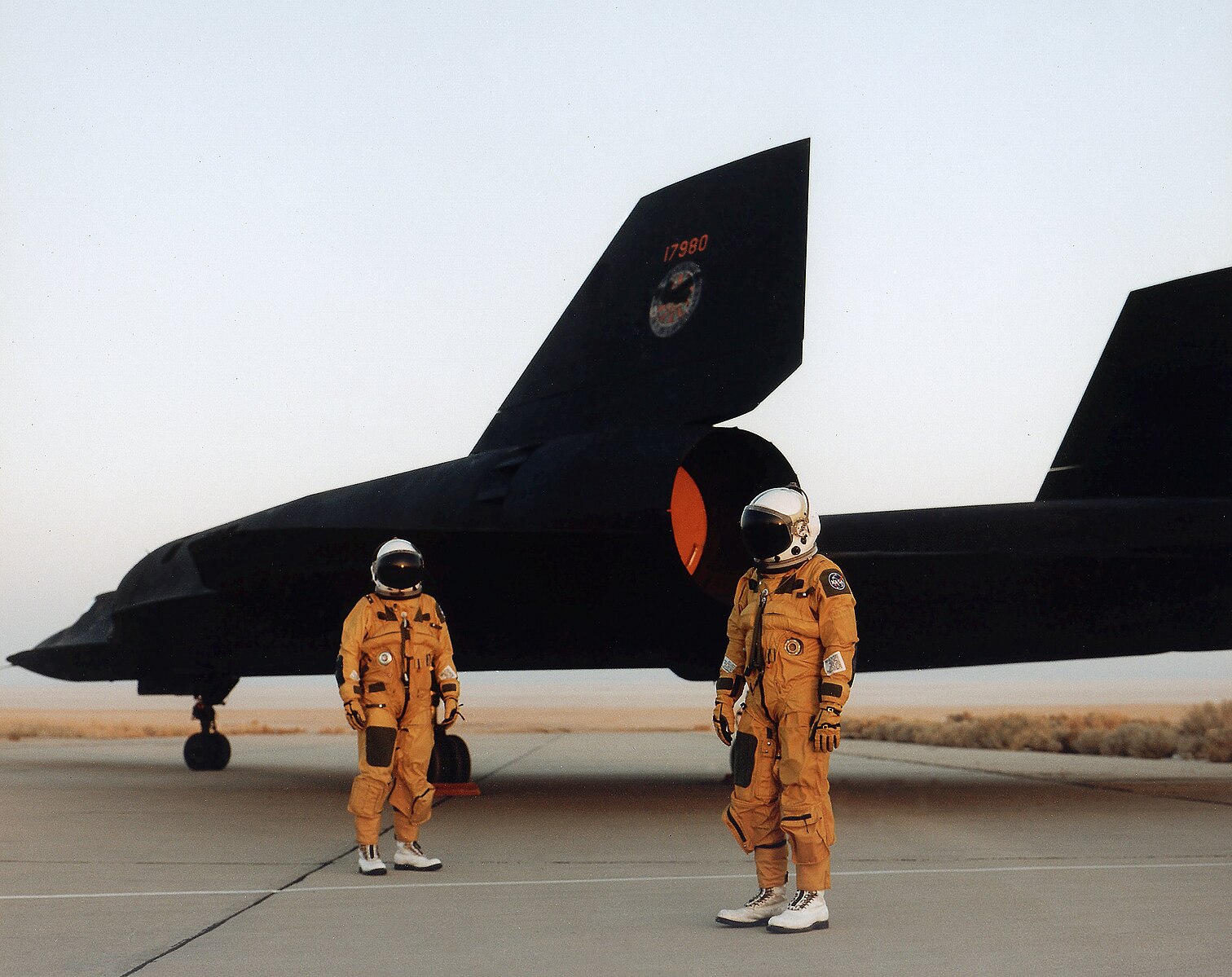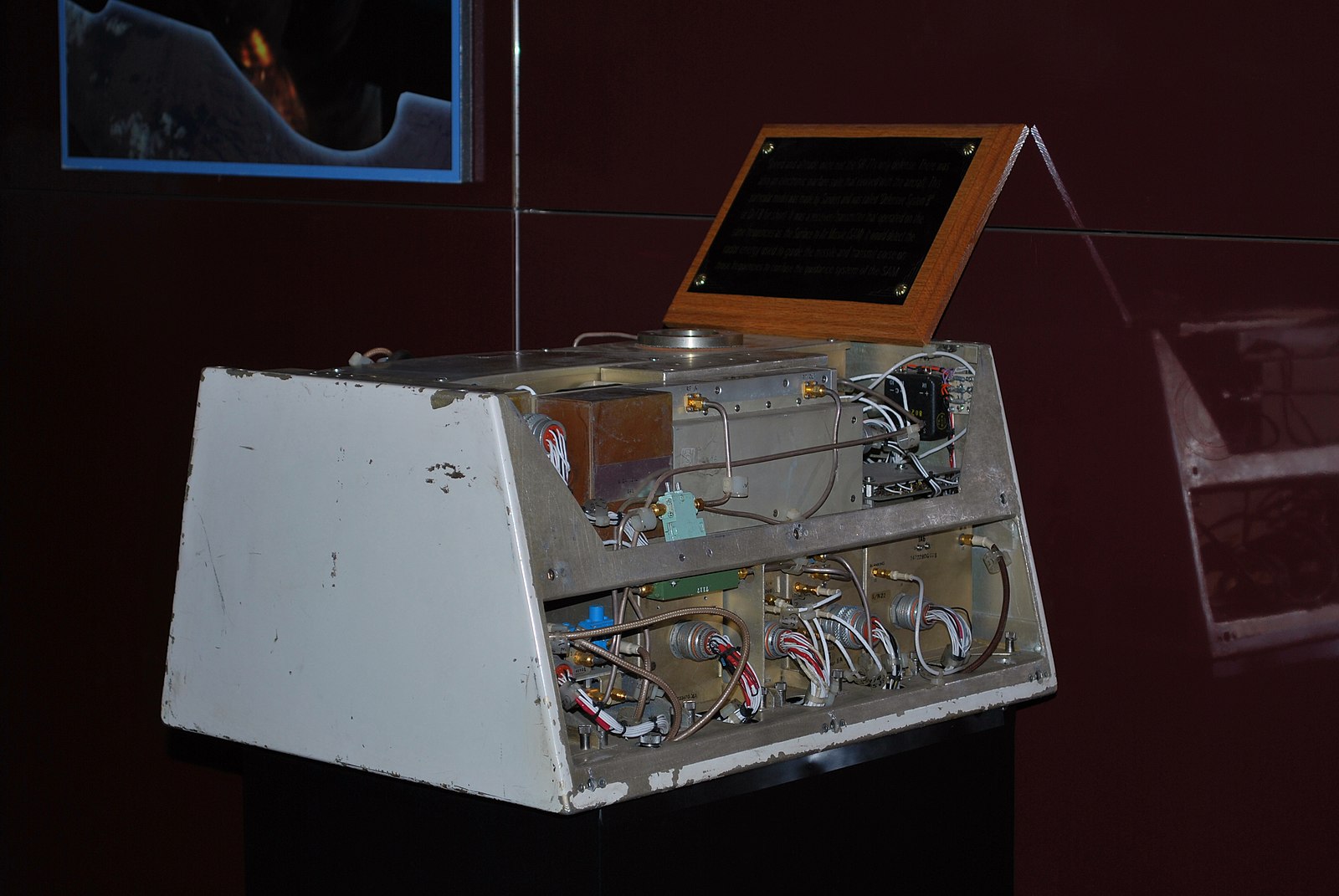
On July 28, 1976, the Lockheed SR-71 Blackbird secured its place in aviation history by setting an absolute speed record of 2,193.2 miles per hour, or roughly Mach 3.3.

This remarkable achievement was a testament to the Blackbird’s cutting-edge design, which emerged from the intense demands of the Cold War for superior aerial reconnaissance and represented a pinnacle of aerospace engineering. At its operational zenith, the SR-71’s performance was unparalleled.

As the fastest manned jet aircraft in existence, it possessed the astonishing ability to cruise at speeds exceeding Mach 3.2 and to operate at altitudes over 85,000 feet.

The Blackbird’s reconnaissance missions were planned to the second, meticulously considering speed, altitude, and fuel load.

On occasion, pilots exercised their judgment to push the aircraft beyond its official limits, such as during a 1986 flight over Libya, where the Blackbird reached an astonishing Mach 3.5, flying a mile every 1.6 seconds. The Blackbird’s legacy was not just about speed and altitude records.

During its over three decades of service, the SR-71 played an instrumental role in Cold War intelligence gathering.

Its stealthy design, which included a reduced radar signature and specialized radar-absorbing paint, alongside its blistering speed, made it virtually invulnerable to enemy defenses.

Despite being targeted by over 4,000 missiles throughout its career, not a single Blackbird was ever shot down by enemy fire.

If a missile launch was detected, the SR-71’s standard evasive action was simply to accelerate, leaving the threat far behind.

Lockheed’s Skunk Works division, led by the visionary engineer Clarence “Kelly” Johnson, was the brains behind this extraordinary aircraft.

The Blackbird lineage began with the earlier A-12 Oxcart, also a product of Skunk Works, which itself was capable of speeds over Mach 3 and was utilized for sensitive reconnaissance missions during the Vietnam War.

For brief periods, the A-12 even surpassed the SR-71, hitting speeds of Mach 3.56. The development of the A-12’s successor, the SR-71, was driven by the necessity to surpass the capabilities of the U-2 aircraft, which had become vulnerable to Soviet defenses, as dramatically highlighted by the downing of Francis Gary Powers’ U-2 in 1960.

The SR-71’s outstanding abilities came at the cost of intense engineering challenges, including dealing with extreme temperatures generated by its high-speed flight. Its airframe, made of titanium alloys, was designed to withstand these conditions and even accounted for thermal expansion during flight.

The unique Pratt & Whitney J58 engines, which operated continuously in afterburner mode, demanded innovative solutions like air bleed valves and a movable conical spike at the front of the engine to manage the air intake at supersonic speeds.

Furthermore, to maintain precise navigation at Mach 3.2 speeds, the Blackbird was equipped with the Astroinertial Navigation System (ANS), which tracked stars day or night to determine the aircraft’s position with remarkable accuracy.
Relevant articles:
– Setting Records with the SR-71 Blackbird, National Air and Space Museum, Jul 28, 2016
– 71 Blackbird: An Engineering Headache of Supersonic Speed – USC Viterbi School of Engineering, University of Southern California
– The SR-71 Blackbird Once Hit Mach 3.5 and Made History, The National Interest, Nov 28, 2023
– SR-71 Blackbird: The Spy Plane That Could Outrun Missiles, Coffee or Die Magazine, May 30, 2023

